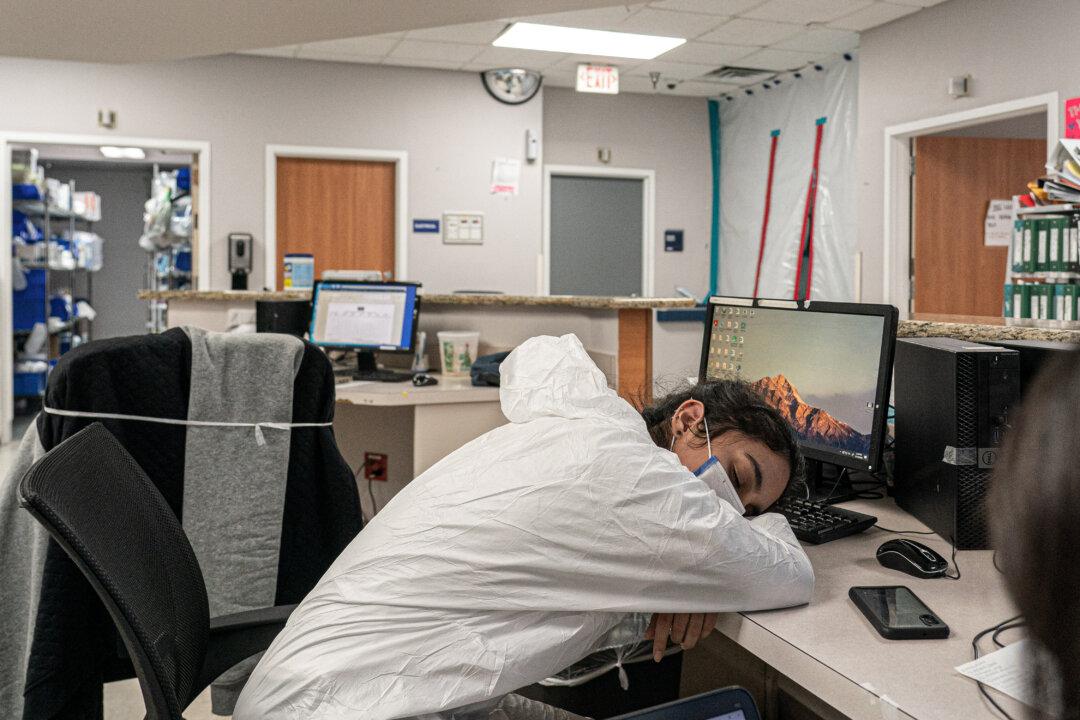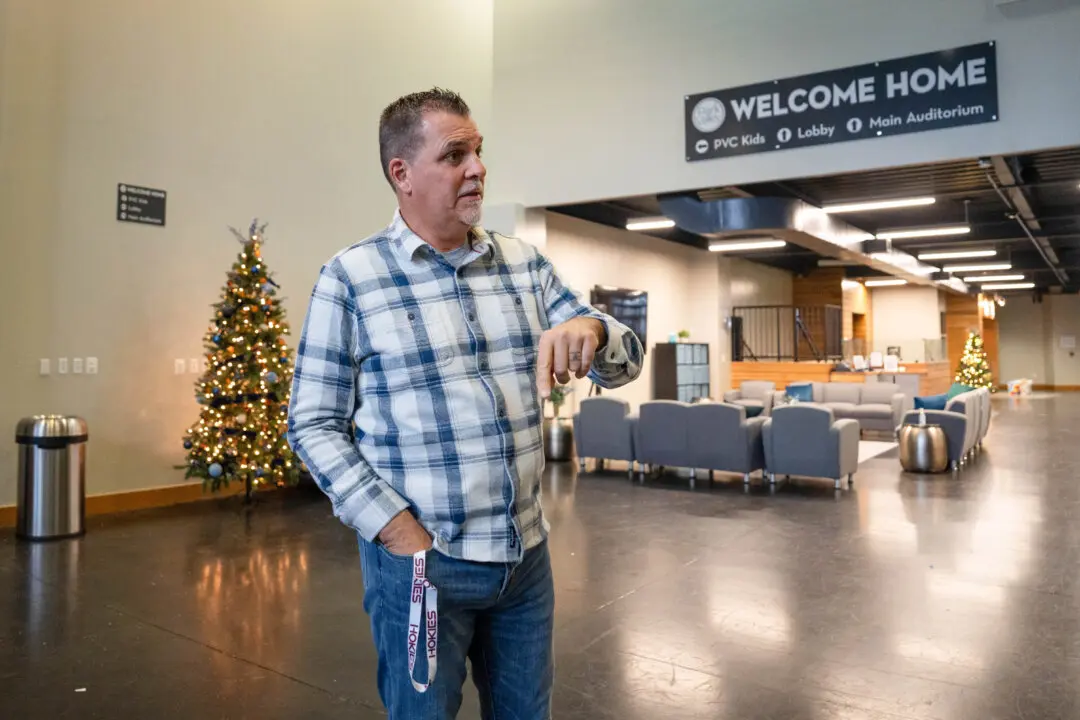Jay Cuesta grew up planning to go to medical school. Then, in 2000, his premature infant died at just two weeks old, and Cuesta’s vision for the future was realigned.
He told The Epoch Times that nurses were beside him and his wife throughout their ordeal. Nurses were beside them during the birth of the child they knew wouldn’t survive. Nurses were beside them as they grieved in the otherwise sterile hospital environment.





